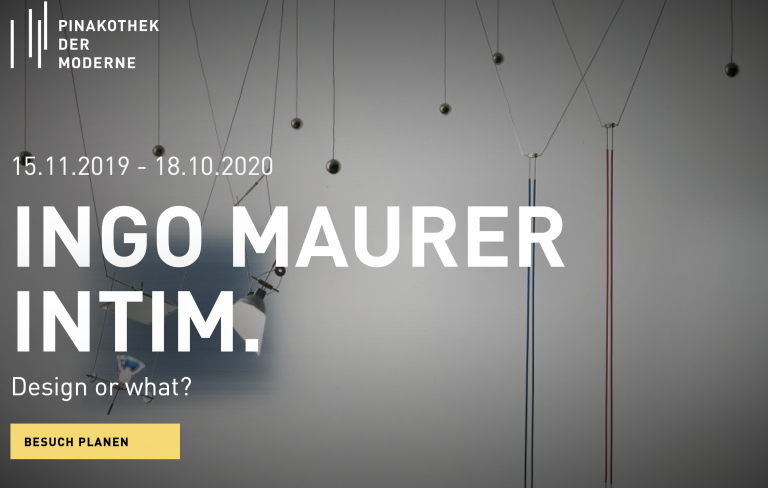If you are new to Zurich, or would like to get to know the city where you live or work from a new perspective, then you should definitely take a look at the new book “Architekturführer Zürich. Gebäude – Freiraum – Infrastruktur”. With this comprehensive work Werner Huber presents an encyclopedia of architecture in the city of Zurich and in selected focal points of the region.
The 784-page book presents 1200 objects with texts, photos and many plans. It spans the arc from Zurich’s old town to Schwamendingen and even beyond the city limits to the development areas in the Glatt and Limmat valleys. For the city no longer stops at its borders. And because it does not consist solely of houses, but also of open spaces and infrastructure buildings, parks, bridges and squares are also present in the book.
Such a collection includes not only star architects, but also hard-to-digest things, says the editor, Werner Huber, in the video and introduces such a building right away: The Zentrum Höngg complex at Limmattalstrasse 177 from the early 1960s by the architects Hans Litz and Fritz Schwarz.
The structure of the book
As a prelude, editor Werner Huber tells in an essay about his involvement with the city of Zurich over the last forty years. Seven authors shed light on the different epochs of the city’s history. In an interview, city councillors André Odermatt and Daniel Leupi provide information on Zurich’s future. An intermezzo is followed by a series of photographs with views from Zurich’s high-rise buildings.
The heart of the book is the catalogue section, sorted by city district – from the Old Town to Schwamendingen. Each chapter begins with a plan in which all objects are listed. This is followed by the illustrated short articles on the individual objects – usually half a page, some longer, others shorter. Important ensembles such as the university quarter or individual development areas are presented in detail.
This is followed by a tour of the agglomeration, followed by another series of pictures with atmospheric images of the agglomeration. Three chapters are devoted to the communities outside the city – Dübendorf, Wallisellen, Opfikon, Kloten, Schlieren, Dietikon, Spreitenbach and Killwangen. These no longer deal with architecture in its entirety, but concentrate on development areas.
Numerous buildings are presented for the first time in this book, and many photos have not been published before. An eye-catching feature are the plans, a large part of which – especially of older buildings – were specially produced for this architectural guide. A good overview is provided by the carefully designed, detailed neighbourhood plans in which all objects are marked.
The “Architecture Guide Zurich. Gebäude, Freiraum, Infrastruktur” (in German only) can be ordered directly from Edition Hochparterre for CHF 78.


